The white enamel dial features black Roman numerals with excellent strokes and two fassonzeiger hands in a spectacular cobalt blue tone. At 12 o’clock, the name “CABRIER”; at 6 o’clock, “London.” Two simple but unmistakable markings that identify the prestige of its maker and the British origin of the watch.
The double silver case bears clearly visible hallmarks that certify its London origin and its manufacture in 1792, including the serial number 26146. Inside the outer case, one can see the official hallmarks, including the maker’s mark, the lion passant, and the city mark with the exact year.
The heart of the watch lies in the movement, which reveals the care with which it was made: a finely decorated verge fusee movement with gilt details and a pierced cover beautifully engraved with floral elements and a central crest. On the side of the bridge, one can read “Chas. Cabrier – London,” accompanied by the serial number that matches the one on the cases, confirming its integrity and authenticity.
This watch shows no apparent mechanical defects and is in full working order, a very uncommon feature in timepieces of this age. Some light marks on the outer case testify to its real use and the centuries it has accompanied its owners, adding authenticity without compromising its beauty.
An ideal piece for lovers of British watchmaking history, perfect both for display and for enriching a serious collection of antique watches. Due to its condition, renowned signature, and functionality, this watch is also a solid investment.
A timeless jewel that will fit perfectly as a centerpiece of an 18th-century horological collection.
Measurements: Inner Case: 42 mm (1.65 in) / Outer Case: 50 mm (1.96 in)
History of Charles Cabrier III
Charles Cabrier III (1729–1810) was the last representative of a dynasty of French watchmakers established in England, one of the most prestigious of the 18th century. Grandson of Charles Cabrier I, a French Huguenot who emigrated to London in the late 17th century after the revocation of the Edict of Nantes, and son of Charles Cabrier II, a clockmaker of the London Clockmakers’ Company, the young Cabrier inherited not only the name but also the prestige and skill in the manufacture of precision timepieces.
Cabrier III was admitted as a “Free Brother” (master) of the guild in 1756 after a demanding apprenticeship and service period. Unlike his father and grandfather, who mostly worked on table clocks and large mechanisms, Charles Cabrier III excelled in the production of pocket watches with verge fusee movements of the highest quality and precision, with a distinctly English style but strong French decorative influence.
He worked in London, in workshops located in key areas such as Soho and Clerkenwell, and signed his pieces as “Chas. Cabrier – London.” His watches are recognized for their finely decorated movements, engraved covers, careful escapement craftsmanship, and use of double sterling silver cases. In the 18th century, his timepieces were considered luxury and precision items, often exported to European and colonial markets.
Today, watches by Charles Cabrier III are part of permanent collections in institutions such as the British Museum and the Science Museum in London, as well as in important private collections. His legacy represents the pinnacle of 18th-century watchmaking art, with each watch bearing his signature being a testimony to the technical and aesthetic splendor of English horology.


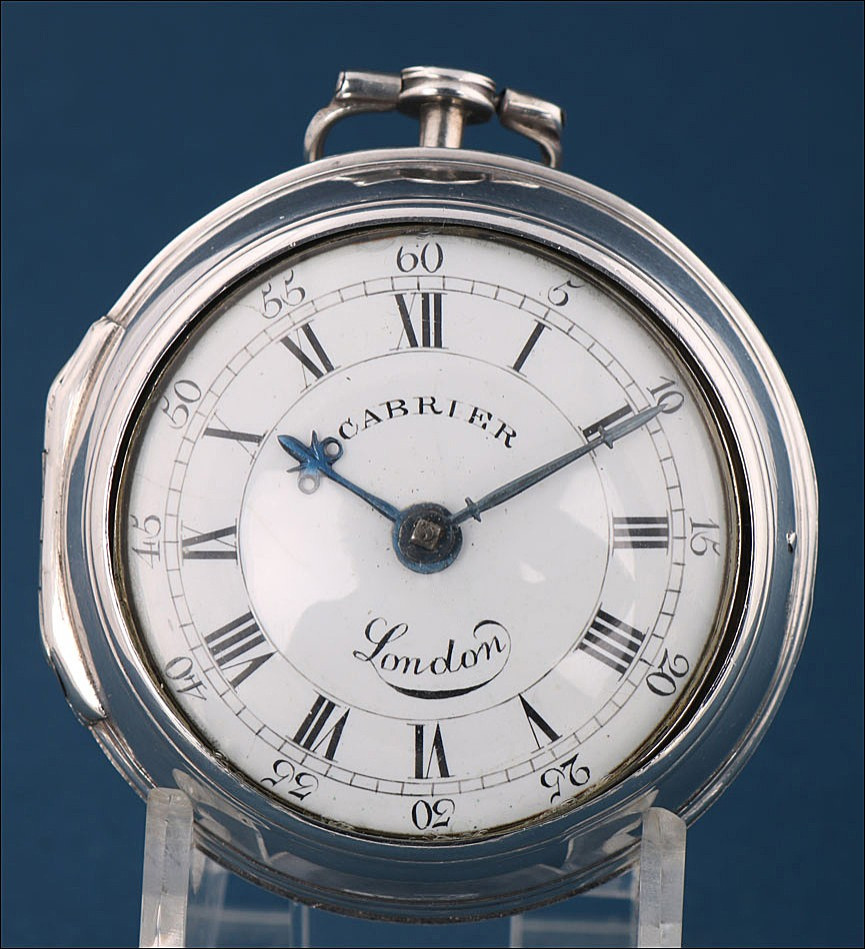




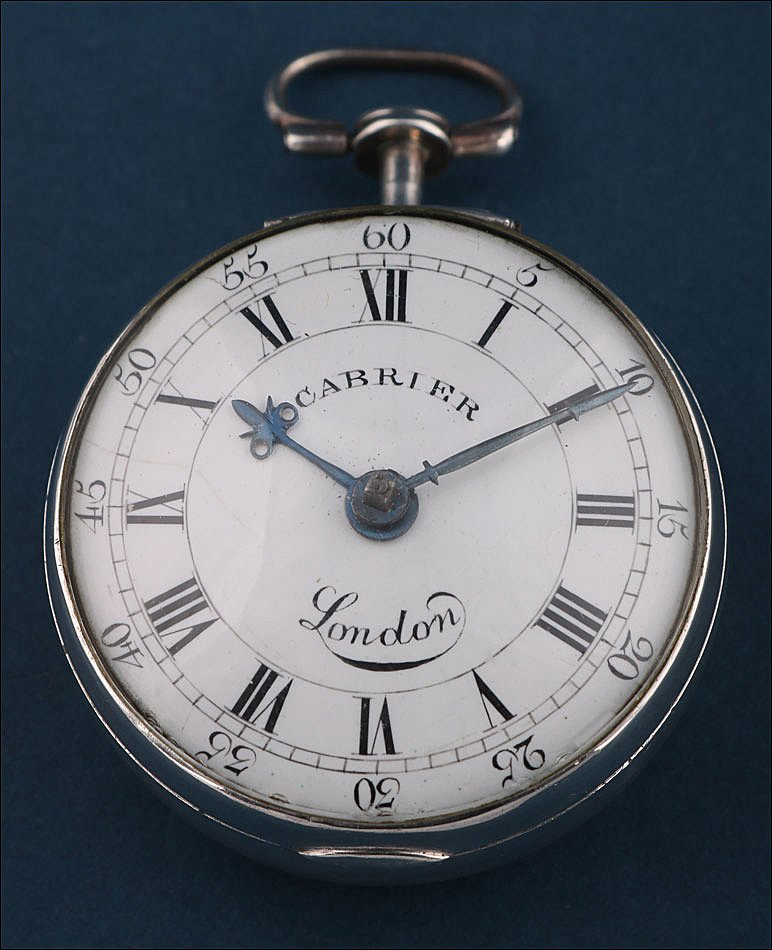




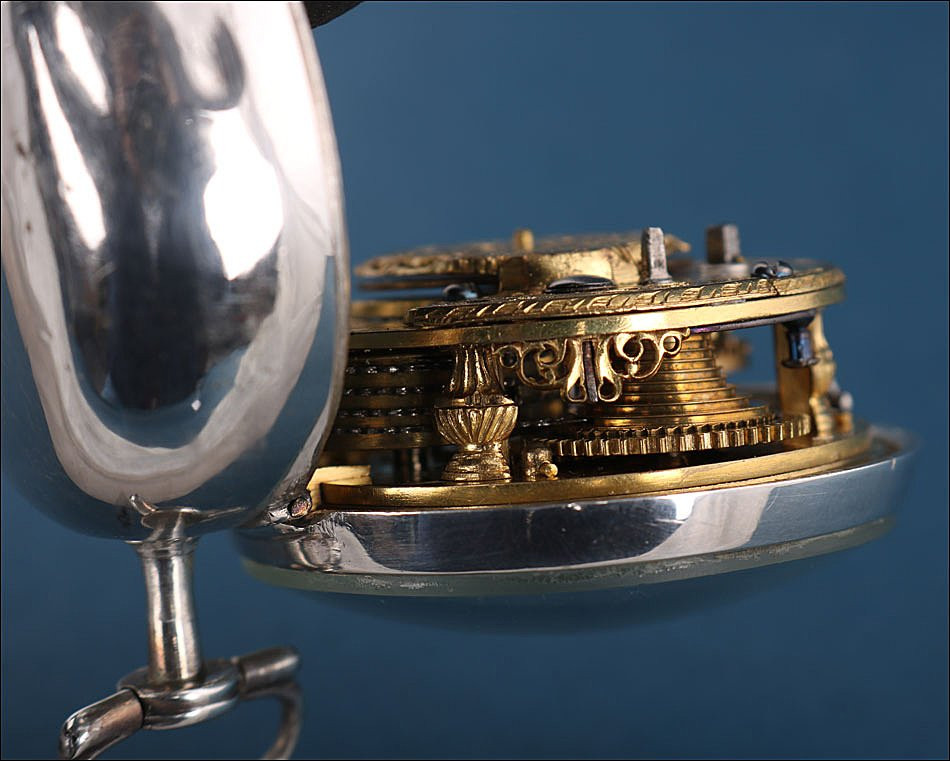

















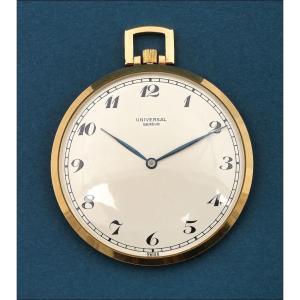
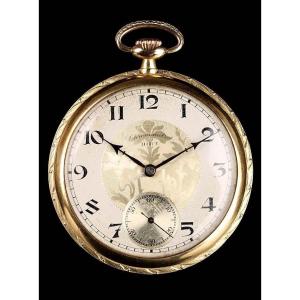







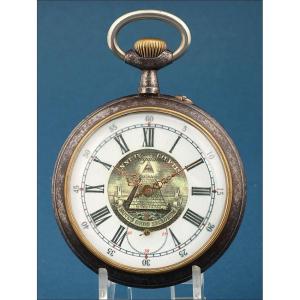

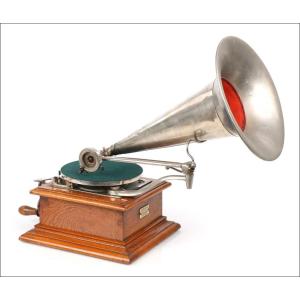
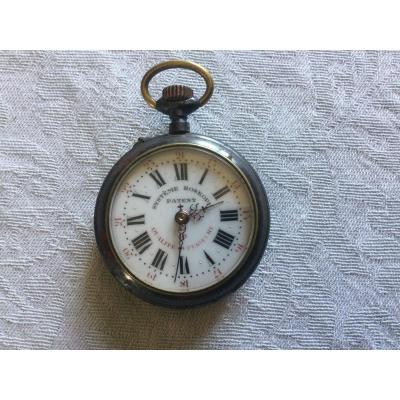
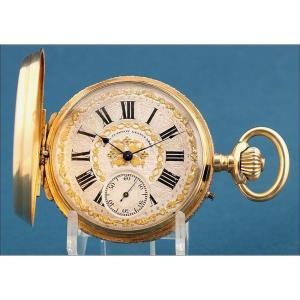
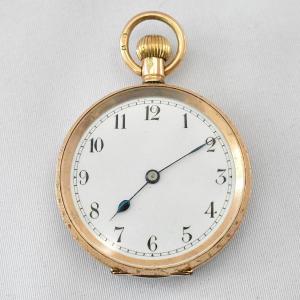
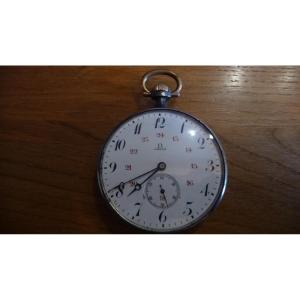
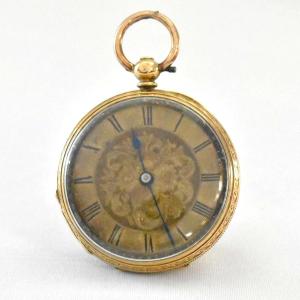



 Le Magazine de PROANTIC
Le Magazine de PROANTIC TRÉSORS Magazine
TRÉSORS Magazine Rivista Artiquariato
Rivista Artiquariato